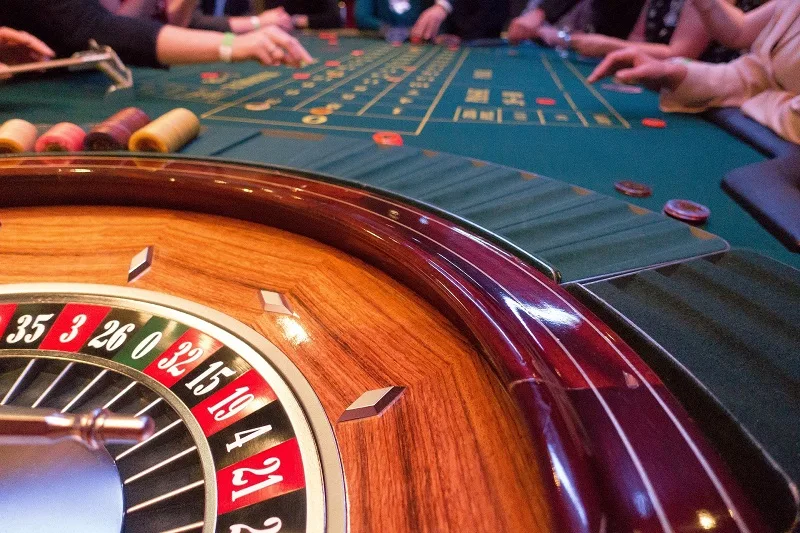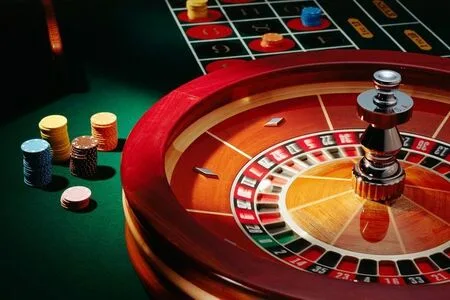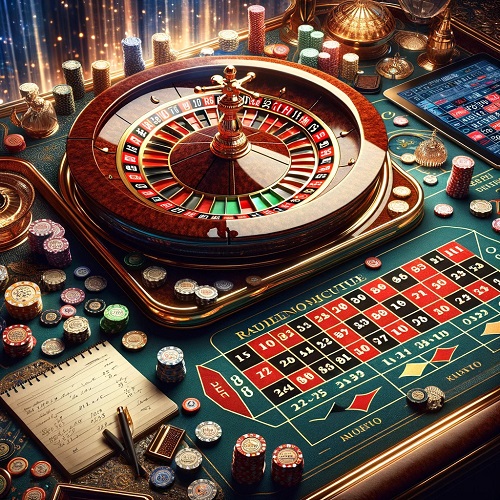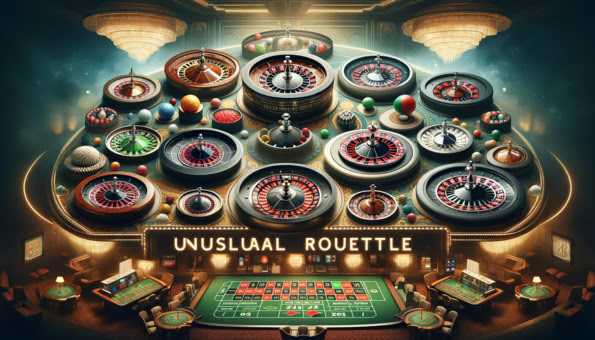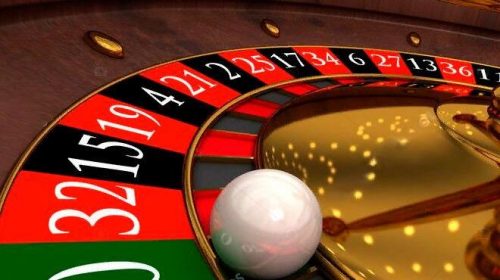
What roulette rules every gambler should know
The term ‘roulette’ is imagined by some people, even those who have never played it, as a spinning wheel where the ball tossed there by the croupier ‘bounces’. Today, we’re happy to tell you about this form of gambling, or rather how to use the rules correctly and competently.
Rules of roulette in a land-based gambling house: What’s the purpose of the game
Roulette is a simple game of chance invented by Blaise Pascal, a mathematician from France, but unfortunately, this has not been officially proven. The scientific minds of the universe believe that the “mother” of all roulette games was French Roulette. Because “Roulette” is French for “wheel”. It still graces the facades of the gambling establishments and is considered their symbol.
What types of roulette are the most popular these days:
- American;
- European table roulette.
There are peculiarities in the rules that make the two types of roulette very different. In American Roulette the wheel is divided into 30 slots, which include cells 0 and 00. European roulette has 37 sectors with one zero. All cells have their own number. From 1 to 36, and performed in two shades: red and black, and go one after the other. The 0 and the double 0 are in green. European Roulette has 3 notional sections, which are designed for quick bets.
While playing, the player has to predict on which cell the ball will fall. If the values match, the dealer says whose bet wins. You can bet on either the number or the colour of the cell. If the ball falls on a double zero or a zero, all payouts remain in the gambling house’s coffers. This does not apply to bets placed on that sector.
The size of the winnings directly depends on how correct the prediction was. It is possible to increase the payout by up to 35 times the betting amount if the player has bet on a particular figure.
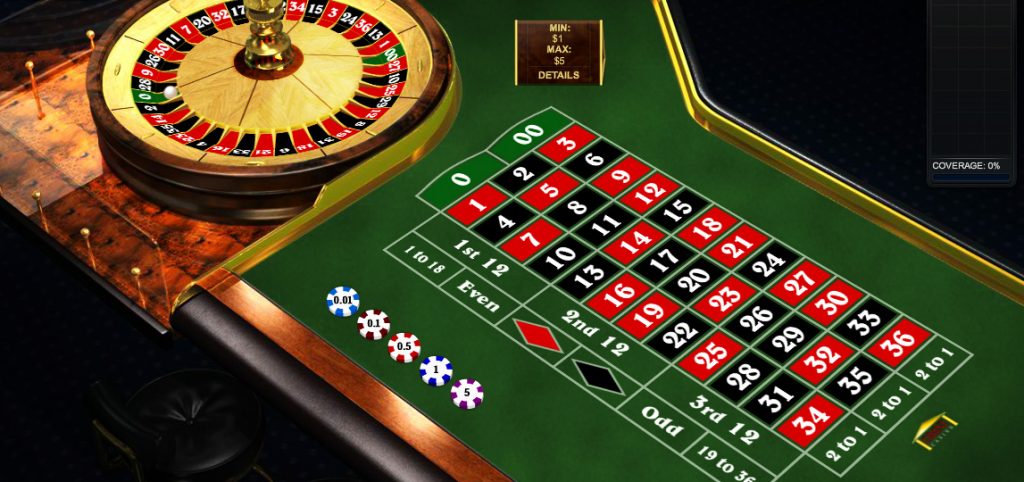
Betting and payouts at Roulette rules
There are external and internal types of bets, which exist in any kind of roulette game. The latter are less effective and fall out less frequently. The former increases the odds of winning, but the payout on a bet is much lower.
Betting on the inner circumference of the roulette wheel
Betting on a certain number is considered to be the most common bet. If you bet $200 on 28, if it doesn’t play, you lose everything. If the ball lands on slot 28, the bet increases 35 times.
You can bet on one and 2 numbers that are side by side: 14 and 15, 12 and 16. Tokens can also be placed on the border of the two numbers, thus creating a combination of “split”, the payout ratio on them 17:1. Bets on 3 numbers are available to the gambler. There are 2 types of bets, depending on the placement of the tokens:
- Street – all the chips are placed in one horizontal strip. Payouts are made at a ratio of 11:1.
- Corner – the bet is in the common point of touch of 4 numbers. Payout ratio is 8:1.
The gambler can not bet on 1, and immediately on the 2nd line with 6 numbers. These positions are called straight or sixline at odds of 5:1.
European Roulette betting options:
- Trio – betting on the numeric sectors 0-2-3/0-1-2 – odds of 11:1.
- Tetra – on the numeric numbers 0-1-2-3 with odds of 8:1.
The second option is more preferred amongst gamblers because it is less risky.
Outside betting
The payout percentage is less than 50%, given a particular combination. Some bets can be combined: on one of the “three dozen” (0-12, 13-34 and 25-36) and vertical columns consisting of dozens. One of the 12 numbers has a success rate of 13 and the payout is 1:2. If you have placed a $20 bet on one ‘dozen’ between 0 and 12. If any cell in that range comes up, your winnings will be $40.
Bets on a colour, an even or odd number, 0 to 18 or 19 to 36 are simplified options. The payout percentage from the bet is 50%.
What are the rules for beginners when playing roulette in land-based casinos?
A gambler who enters a gambling house for the first time and starts playing roulette should remember the rules. We recommend that the newcomer starts the game by placing bets starting from the outside, their combinations are very simple. If the gambler bets at first on results with a small probability of hitting the ball, he is likely to lose a lot of money.
Strategies used in roulette, described in the rules
High rollers and beginners alike are aware of the regularity of the numbers on the wheel. But it is impossible to calculate the probability of any numbers falling out, even theoretically. The mathematical approach for calculating probability is 10-60 and equals 0. Roulette is a game of chance without a certain pattern, but with an algorithm inaccessible to mere mortals. There are a large number of roulette strategies and rules that help you get a better chance of getting lucky.
The Martingale principle is used by gamers who double their bets after losing. This method consists in overlapping the unsuccessful overlaps of the gamblemaker thanks to one effective bet. Betting should be done by sticking to a single cell colour system until a successful combination appears.

